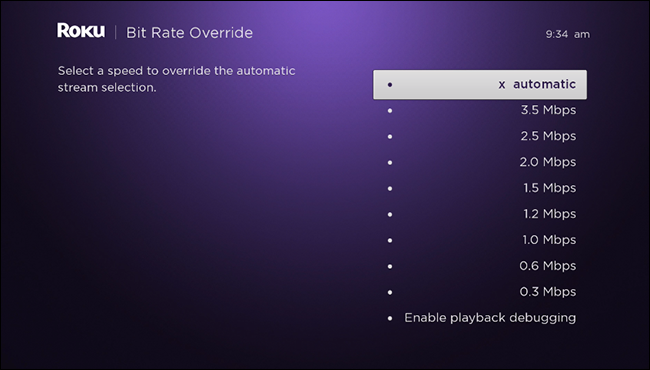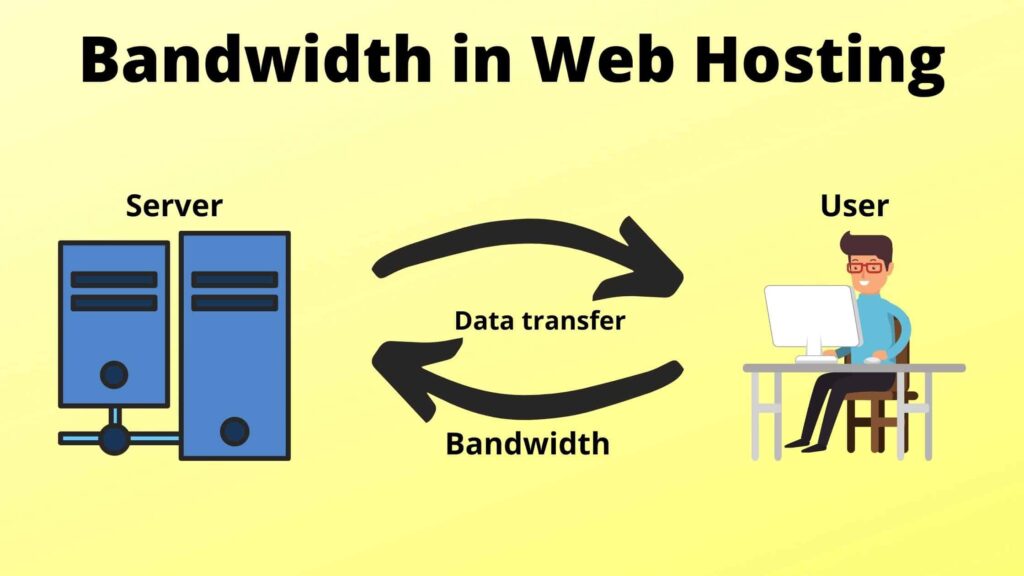As the world becomes increasingly connected through the internet, the importance of transmission media cannot be overstated. The transmission media serves as a medium for transferring information from one place to another, making it essential in our modern world. One of the most critical factors when choosing a transmission media is its bandwidth. Bandwidth determines the amount of data that can be transferred in a given time, making it a crucial consideration when selecting the most suitable transmission media.
The question remains, which transmission media has the largest bandwidth? The answer is complex and depends on several factors, such as distance, cost, and reliability. However, one thing is clear, the transmission media with the highest bandwidth is essential for transferring large amounts of data quickly and efficiently. In this article, we will explore the different types of transmission media and determine which one has the largest bandwidth to help you make an informed decision when selecting the most suitable transmission media for your needs.

Transmission Media and Bandwidth
The transmission media is the physical path by which data is transmitted from one place to another. Bandwidth is the maximum amount of data that can be transmitted over a transmission medium in a certain amount of time. In this article, we will be exploring which transmission media has the largest bandwidth.
Coaxial Cable
Coaxial cable, or coax, is a transmission medium that consists of an inner copper core surrounded by an insulating material and an outer metallic shield. This type of cable is commonly used for cable television, telephone lines, and computer networks. Coaxial cable has a large bandwidth, with a maximum theoretical limit of 1GHz. It is also resistant to electromagnetic interference and can be used to cover long distances. However, it is relatively expensive and difficult to install.
Fiber Optic Cable
Fiber optic cable is a transmission medium that consists of a glass core surrounded by a protective coating. This type of cable is commonly used in telecommunications and computer networks due to its high bandwidth and resistance to electromagnetic interference. The maximum theoretical bandwidth of fiber optic cable is around 1Tbps. It is also more durable and lighter than coaxial cable, making it easier to install. However, it is also more expensive than coaxial cable.
Twisted Pair Cable
Twisted pair cable is a transmission medium that consists of two or more insulated copper wires twisted together. This type of cable is commonly used in local area networks (LANs) due to its low cost and ease of installation. Twisted pair cable has a maximum theoretical bandwidth of 100 Mbps, which is significantly lower than coaxial and fiber optic cables. However, it is more resistant to electromagnetic interference than coaxial cable and can be used to cover shorter distances.
Wireless
Wireless transmission media is a transmission medium that uses electromagnetic waves to transmit data. This type of transmission medium is commonly used in Wi-Fi networks and cellular networks due to its high bandwidth and flexibility. The maximum theoretical bandwidth of wireless transmission media is around 6Gbps, which is significantly higher than twisted pair and coaxial cables. It is also relatively inexpensive and easy to install. However, it is more susceptible to interference than other types of transmission media.
Frequently Asked Questions
This section answers questions about which transmission media has the largest bandwidth.
What is a transmission media?
A transmission media is the physical path or route over which signals are sent from one point to another. It may be a wire, cable, radio waves, or light waves. It is the path that carries the signal from the sender to the receiver.
Which transmission media has the largest bandwidth?
Optical fiber has the largest bandwidth of all transmission media. It is made of glass or plastic, and it has the capability to carry data signals over very long distances. It is able to carry data at much higher speeds than copper wire, and it has the potential to carry a much larger amount of data. In addition, optical fiber is less susceptible to electromagnetic interference than other transmission media, making it ideal for use in situations where data must be sent over long distances with minimal disruption.
What are the advantages of using optical fiber?
Optical fiber offers many advantages over other transmission media. It is capable of carrying data at much higher speeds than copper wire, and it has the potential to carry a much larger amount of data. Additionally, optical fiber is less susceptible to electromagnetic interference than other transmission media, making it ideal for use in situations where data must be sent over long distances with minimal disruption. Optical fiber also has a much longer life span than copper wire, making it a more cost-effective solution for data transmission.
What is the downside to using optical fiber?
The primary downside to using optical fiber is that it is more expensive than other transmission media. Additionally, installing and maintaining optical fiber is more complex and time-consuming than installing and maintaining other types of transmission media. Finally, optical fiber is more fragile than other types of transmission media, making it more vulnerable to damage.
How can optical fiber be protected from damage?
Optical fiber can be protected from damage by using protective sheaths, such as a protective sleeve or a corrugated tube. These protective sheaths help to protect the fiber from physical damage, such as crushing or bending. Additionally, optical fiber can be protected from environmental damage by using a water-resistant coating. In some cases, it may also be necessary to use a specialized enclosure to further protect the fiber from external sources of damage.
BANDWIDTH OF TRANSMISSION MEDIUM
In conclusion, the bandwidth of a transmission media is a crucial factor to consider when selecting the appropriate medium for data transmission. The larger the bandwidth, the faster and more efficient the transfer of data. However, each transmission medium comes with its unique features and limitations, and a careful evaluation of these factors is necessary to determine which medium to use.
In today’s world, where data transfer is at the heart of every business and personal communication, knowing the transmission medium with the largest bandwidth can be a game-changer. With fiber optics boasting the highest bandwidth capacity, it is considered the most efficient medium for high-speed data transfer. Nevertheless, the cost of installation and maintenance can be a limiting factor for some users, and they may opt for copper wires or wireless transmission media with lower bandwidth capacity. Ultimately, the selection of a transmission medium is dependent on the specific needs of the user and the intended application, but a thorough understanding of the different media’s bandwidth capacity is necessary for making an informed decision.



